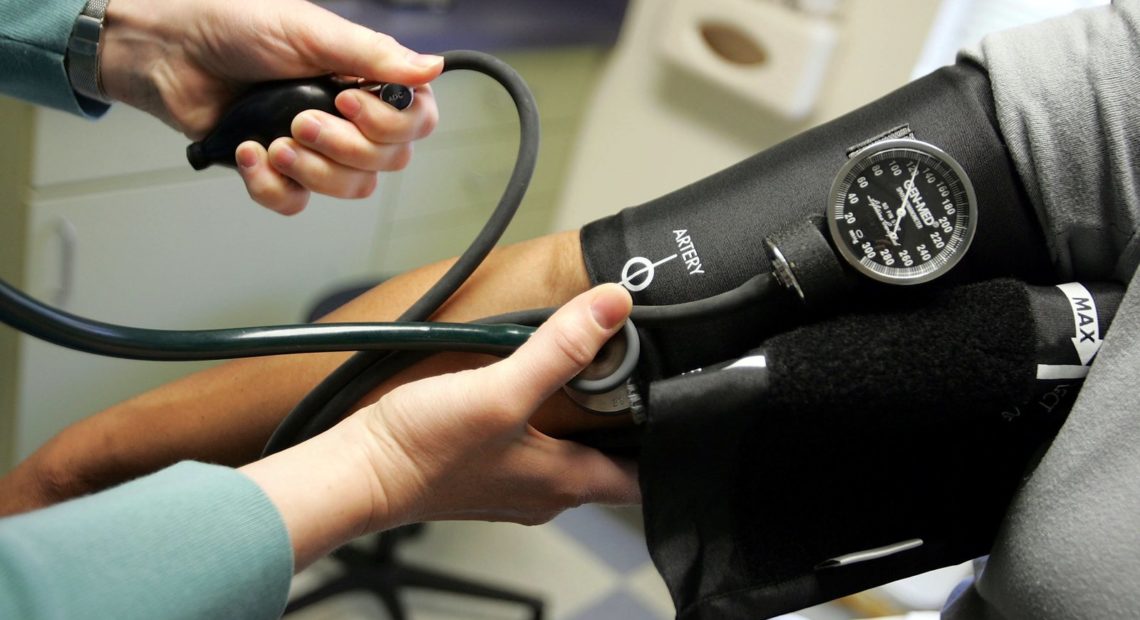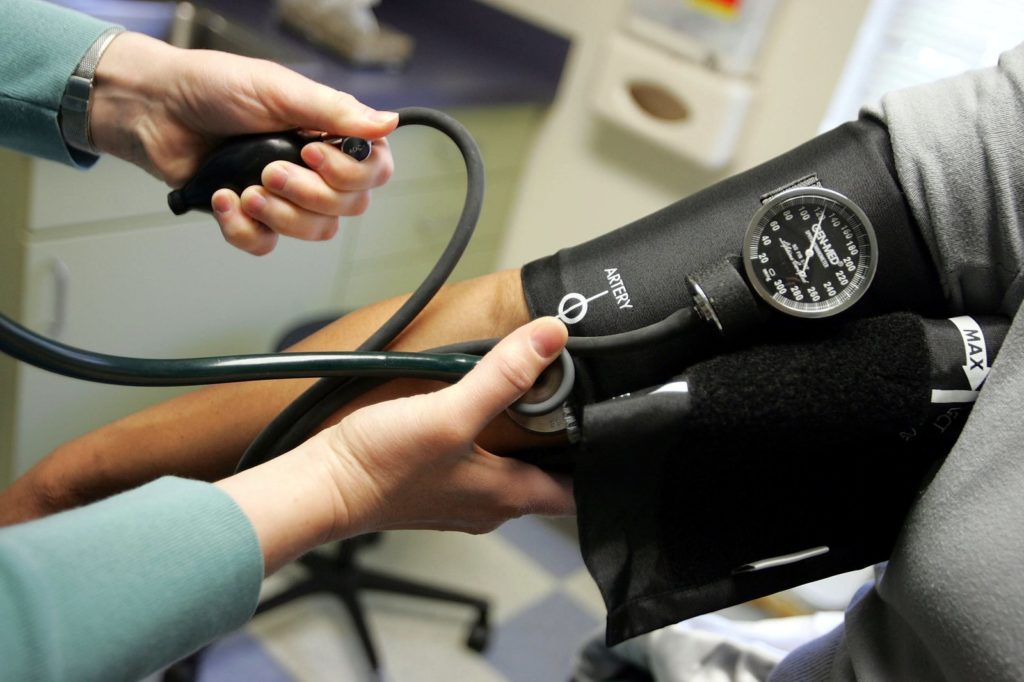
Insured Adults Are Seeking Less Primary Care As Out-Of-Pocket Health Costs Rise
BY ELENA RENKEN
Efforts across the U.S. in recent years to encourage medical students, nurse practitioners and others to go into primary care, especially in underserved areas, are built on a consensus in research: Primary care is good for patients.
“It’s the foundation of the health care system,” says Dr. Ishani Ganguli, Harvard assistant professor of medicine and physician in general internal medicine and primary care at Brigham and Women’s Hospital.
So Ganguli is worried about the results of a big study she and colleagues published Monday in Annals of Internal Medicine: Adults with commercial health insurance are visiting primary care providers less often than they did about a decade ago.

Sure, you can shoot your doctor an email, or hit the urgent care clinic when you have a sore throat. But those convenient alternatives may be less likely than regular visits to a primary provider to catch symptoms that ebb and flow, yet might signal a larger health problem. CREDIT: Joe Raedle/Getty Images
Using data from an insurer that provides health coverage to about 20 million people per year across the United States, Ganguli and colleagues found that visits to primary care providers made by adults under the age of 65 had dropped by nearly 25% from 2008 to 2016.
What’s more, adults who went at least a year without a single visit to a primary care provider increased from about 38% to 46% in that period.
“We should be concerned,” says Dr. Kimberly Rask, chief data officer at Alliant Health Solutions, who wrote an editorial accompanying the study.
“Primary care has all kinds of benefits,” Ganguli says, “both for patients but also for populations.” Research shows that people are healthier when they see a primary care doctor, rather than a specialist, for their routine care. Where there are more primary care providers per capita, death rates drop for cancer, heart disease and stroke, among other illnesses — and life spans lengthen.















